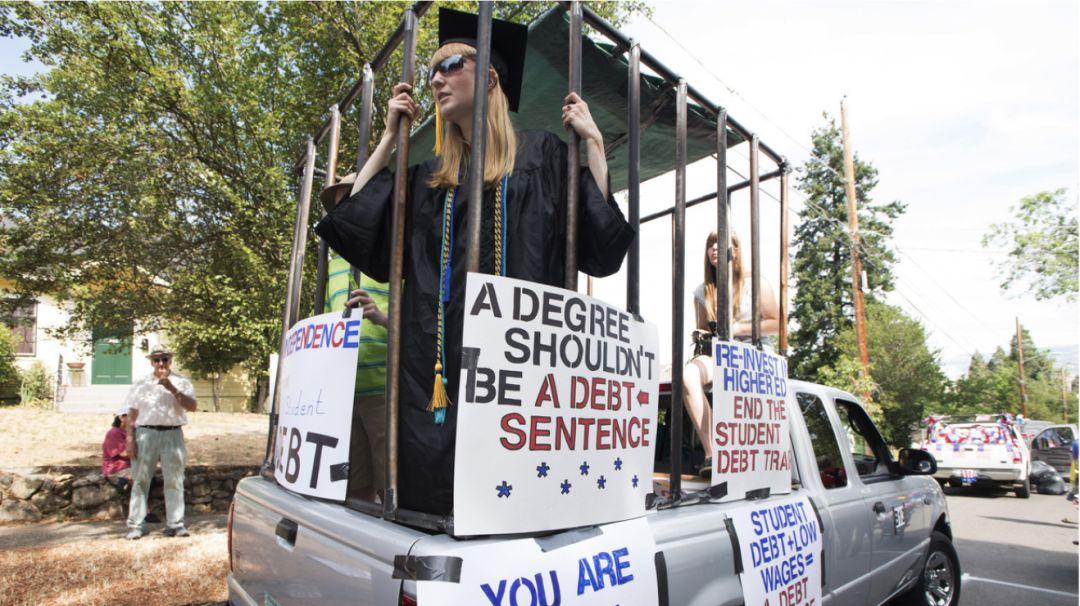Understanding the History of Federal Student Loans: When Did Federal Student Loans Start?
#### When Did Federal Student Loans Start?Federal student loans have become a crucial part of financing higher education in the United States, but many peop……
#### When Did Federal Student Loans Start?
Federal student loans have become a crucial part of financing higher education in the United States, but many people are unaware of their origins and evolution. Understanding when federal student loans started can provide valuable context for current discussions about student debt and educational funding.
The inception of federal student loans can be traced back to the National Defense Education Act of 1958. This act was a response to the Cold War and aimed to enhance the United States' educational system, particularly in science and technology, to compete with the Soviet Union. The act established the first federal loan program, which allowed students to borrow money for their education at low-interest rates. This was a pivotal moment in the history of educational financing, as it marked the government's commitment to making higher education accessible to a broader range of students.
#### Evolution of Federal Student Loans

Following the National Defense Education Act, the Higher Education Act of 1965 further expanded federal involvement in student loans. This act created the Federal Family Education Loan (FFEL) program, which allowed private lenders to provide loans to students, with the federal government guaranteeing those loans. This significantly increased the amount of available funding for students and made it easier for them to access higher education.
In the 1990s, the federal student loan landscape underwent another transformation with the introduction of the Direct Loan Program. This program allowed students to borrow directly from the federal government rather than through private lenders. The Direct Loan Program streamlined the borrowing process and provided students with more favorable terms, including lower interest rates and flexible repayment options.
#### Current State of Federal Student Loans
Today, federal student loans are a vital resource for millions of students across the country. They offer various loan options, including subsidized and unsubsidized loans, as well as PLUS loans for graduate students and parents. The federal government also provides income-driven repayment plans, loan forgiveness programs, and deferment options to help borrowers manage their debt.

Despite the benefits of federal student loans, the rising cost of college tuition has led to an alarming increase in student debt. Many borrowers struggle to repay their loans, leading to discussions about reforming the student loan system. Understanding when federal student loans started and how they have evolved can help inform these discussions and guide potential solutions.
#### Conclusion
In summary, the history of federal student loans is intertwined with the broader narrative of education in the United States. Starting with the National Defense Education Act of 1958 and evolving through various programs and reforms, federal student loans have played a crucial role in making higher education accessible to countless students. As we look to the future, it is essential to consider the implications of this history and work towards a more sustainable and equitable student loan system.